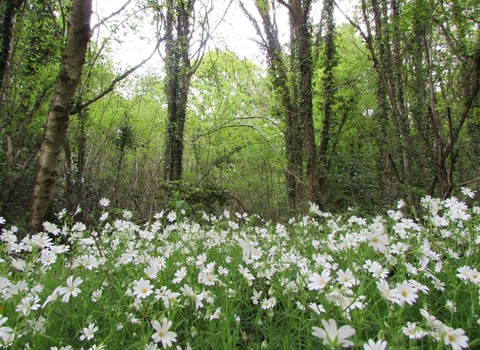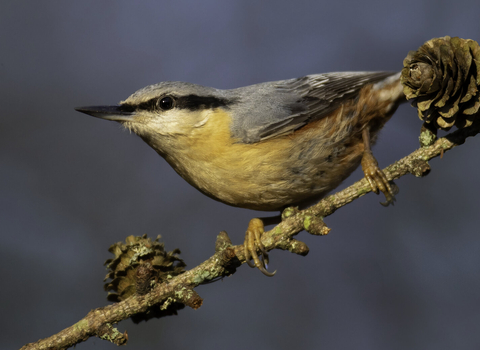Y Byddwn
Y Byddwn
Location
Know before you go
Dogs
When to visit
Opening times
The nature reserve is open access.Best time to visit
Spring and summerAbout the reserve
The reserve annually hosts many species of woodland birds such as treecreeper, goldcrest and bullfinch while summer migrants include chiffchaff, blackcap, spotted flycatcher and redstart. The meadow is home to many interesting moths and other insects and a species list of all flora and fauna is available.
Much work since 2017 has been carried out at the reserve to increase its potential to encourage a more diverse flora and fauna. The woodland beyond contains a seasonal pond that dries up in summer.
What to look out for
To the left of the flower-rich grassland at the site entrance is a row of trees that include oak, beech, wych elm and mountain ash. Watch out for mallard, grey wagtail and dipper. The disused railway is an important feature in the landscape for commuting and foraging bats, including the rare lesser horseshoe bat. In the spring and summer the repetitive call of the chiffchaff, the musical warble of the blackcap and the soft, descending call of the willow warbler can be heard.


